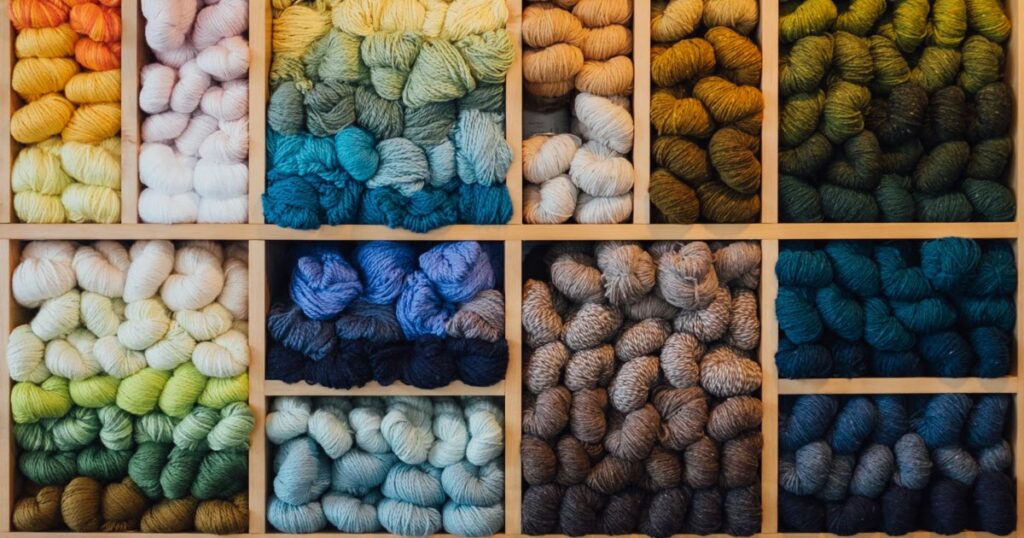Whether you own a small hobby farm or run a commercial operation, there is a proper marketing technique for wool fiber or wool products when raising sheep for wool production. This includes marketing your raw fleece, yarn, knitted and felted items, or even crafts. Marketing strategies need to be adjusted to the changing trends. Whether you are a seasoned wool producer who has become stagnant or just starting off, it’s best to check out the necessary info to keep your wool selling.
In this article, we’ll go over the basics of marketing wool and wool products, as well as tips for determining fair market value. We’ll also cover identifying the best customers for your wool products and how to add value to the products you want to sell.
The Basics of Marketing Your Wool Fiber & Fiber Products
Wool was the first internationally traded commodity in the world. Countries almost anywhere, including the United States, were in the wool trade. It still makes up a huge part of international agricultural economies.
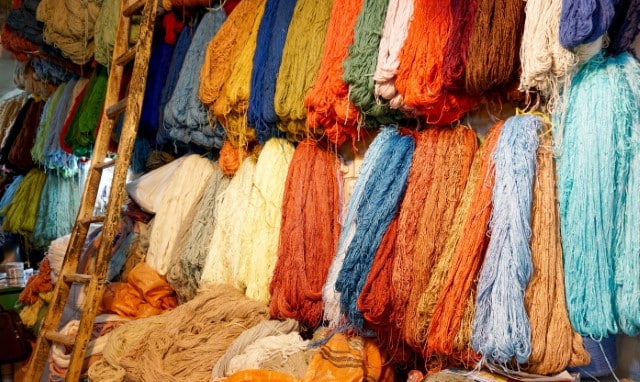
Most wool-growing sheep need to be sheared at least once per year. Longer wool breeds need to be sheared twice yearly. Although certain breeds yield more valuable wool than others, treat all wool properly to obtain the highest return possible.
Although some operations use wool as their main income, others use a lamb byproduct. Remember that hair sheep don’t produce fiber you can sell.
Determining Value
Beautiful wool color is not the only factor that determines the quality of your wool. Other important factors are:
- Fiber diameter
- Crimp
- Yield
- Color
- Purity
- Staple length
- Strength
Fiber diameter
This is also known as fineness. Fiber diameter is the measurement of the thickness of the wool fiber, measured in microns (μm). One micron is one-millionth of a meter. The diameter of the fiber helps to determine how thick the yarn can be spun into.
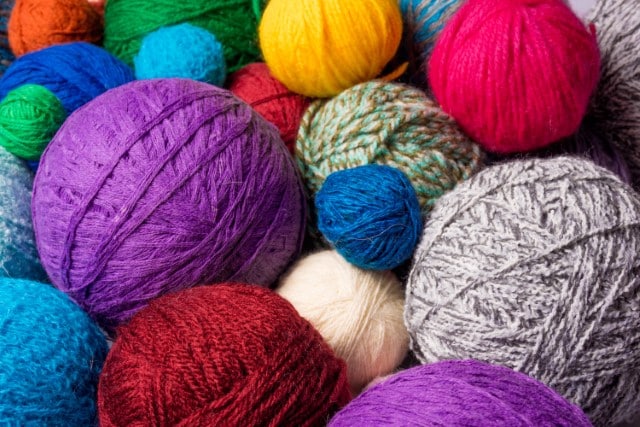
Wool is considered a smaller diameter when it is 22 microns or less, and this means it can be spun into finer yarn.
Like human hair, different areas of the sheep fleece have different fiber diameters. Despite this, fiber diameter should also have a uniformity about it. Too much variation in its fineness (also known as “grade”) reduces your wool value. First calculate your average fiber diameter when determining quality. This can be done visually or in a lab.
Big fashion items are often made of super-fine wool fiber, making them the most valuable to your marketing.
Crimp
The natural waviness, bend, or texture of the wool fiber is its crimp. This changes based on the fiber diameter and helps identify the grade. Finer wools have more crimp per length unit than wool with a coarser crimp.
Yield
After washing the wool, the amoutn left is the yield. Generally, this is expressed as a percentage of what the original grease weight was. Wool shrinkage occurs when you wash out wool grease (known as lanolin), as well as dirt, dust, sand, and vegetable matter.
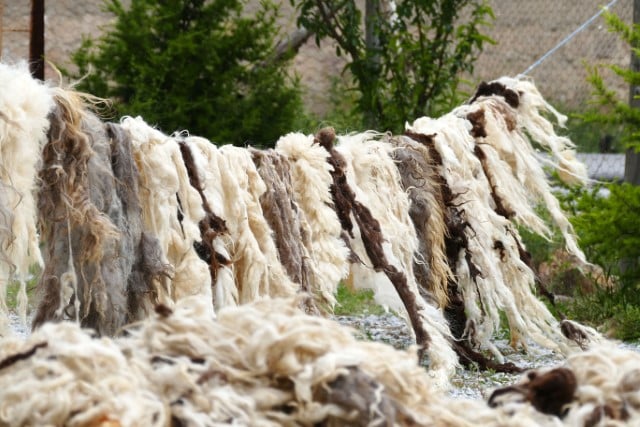
Wool yield can vary anywhere from 40-70 percent. Many factors affect yield, including both genetic and environmental factors. When you have bulky fleece, you should expect a high yield.
Color
Darker colored fibers have a lower value than lighter colored wools because they cannot be dyed easily.
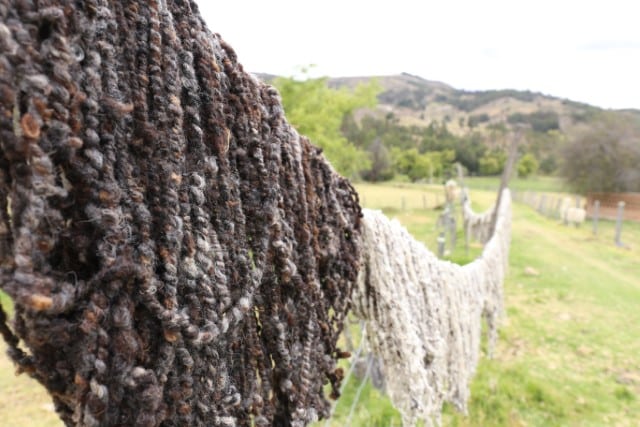
However, marketing yoru naturally colored wool fiber to hand spinners and weavers is a smart move. They use these products, and you’ll likely sell them for a higher price.
Staple length
Staple length is measured from the base to the tip of the unstretched fiber. Longer length wool is more valuable. Length is also the biggest determinant of weight, where longer wool is heavier.
Strength is an important staple length factor, as well. It determines how well the wool stands up to cleaning and manufacturing. If your wool is tender it will break. Breaks greatly devalue your fleece.
Marketing Your Wool
The three largest wool producing nations are Australia, New Zealand, and China. China is the largest of the three.
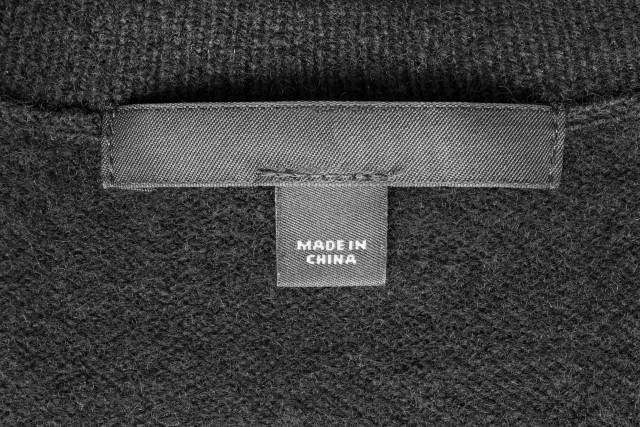
The United States is only a small producer of wool. They mainly import wool rather than producing it. Wool is classified either to a commodity or niche market
Commodity market
Defined as “a raw material or primary agricultural product that can be bought and sold.”
Wool Pools
These are used when sheep producers do not have enough wool from their own farms to market it to a warehouse directly. Many regions and states operate wool pools so producers can combine their wool marketing efforts.
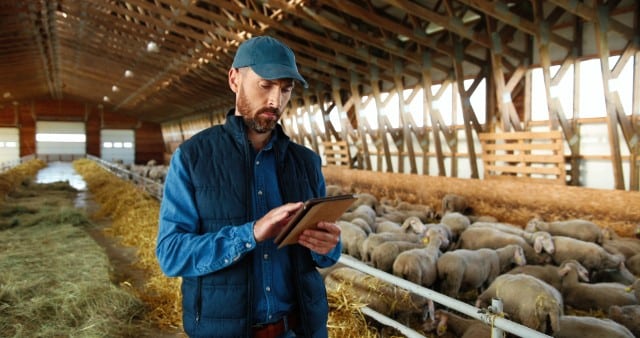
Wool is separated and classed, then sold according to type and quality. As the wool industry has reduced in size, wool pools have as well, leading the way for sizeable lots instead.
Private or Co-Op Warehouses
Since wool warehouses are essentially brokers for wool, they offer wool to be bid on or by consignment.
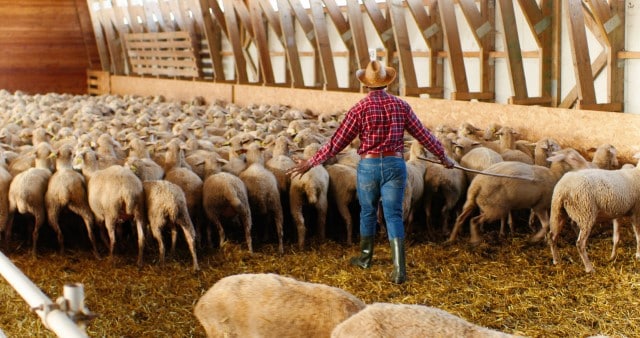
Producers purchase by:
- Cash
- Grade and yield
- Consignment
- Consignment premiums
- Clean price core test grade and yield
Co-ops form to add value to a producer’s wool. They can be very large with huge international partners, or small with local partners.
Niche market
“Specialized segment of the market for a particular kind of product or service”
Niche market items will market and sell directly to the final consumer. Otherwise known as direct marketing of wool fiber. You can even sell fleeces to hand spinners, weavers, or craftsmen.
Marketing to Hand Spinners & Fiber Artists
Handspinners generally prefer a specific type and color of wool that they spin. Long wool is generally more popular because it’s easier to spin. Some hand spinners prefer colored wool for specific products they put out. This is where colored wools might be valued.
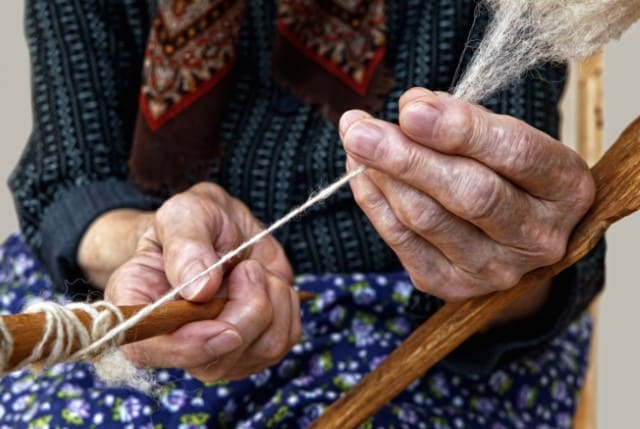
No matter what type of wool is preferred by a hand spinner, clean wool is always preferred. Wool must be free of vegetable matter or contaminants. To market to hand spinners, all fleece should be skirted to avoid this. Keep it clean and avoid weathering. Covering is not incredibly expensive, but the cost you receive for clean fleece increases greatly.
Know Your Wool Class & Its Value
Classing wool groups based on breed. Different sheep breeds produce different wool types.

Wool Breeds
Dual or General Purposes Breeds
- Columbia
- Panama
- Corriedale
- Targhee
- Finn cross
- Polypay
Meat Breeds: White Face
Meat Breeds: Non-White Face
Long Wool and Carpet Breeds
Double-Coated or Hair Sheep Crosses
Black or Natural Colored
Various breed produce black colored sheep. You’re able to find both black and natural colored sheep amongst many breeds.
Adding Value to Wool
There are other methods to add value, if your wool is still not up to par or achieving high value.
Wool Roving
Wool roving is one form of adding value to wool.
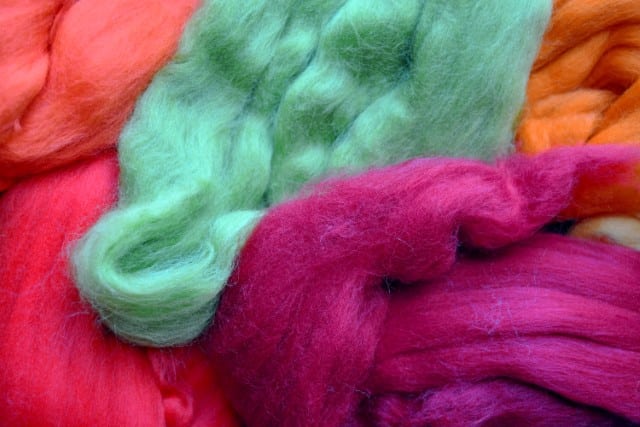
To do this:
- Take a piece of washed wool
- Comb it into a clump
- Then twist the fibers together
Doing this removes a step from the spinning process. Essentially, you’re selling ready-to-spin wool that increases in price because it takes some legwork out of spinning.
Batting, or Flattened Roving
Flattened roving is also known as batting, and is used for spinning, felting, stuffing, padding, and other craft products.
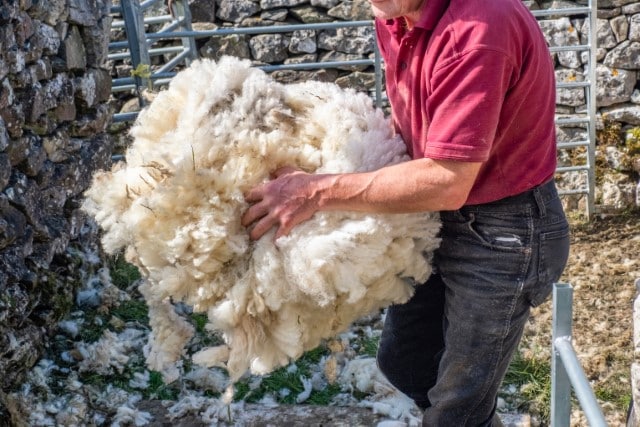
After this step, wool can be processed into yarn or other garments. This process also takes some processing effort out of spinners, which increases its price.
Final Thoughts
No matter your marketing approach, making sure you have quality wool fiber is your biggest ticket to success. Take good care of your animals, so they’re healthy, happy, and produce good wool.
After that, processing your wool to keep it in fantastic condition will also make it a huge selling point. Clean, quality wool is your most important marketing feature, and one you can’t avoid to overlook.
Additional Resources

